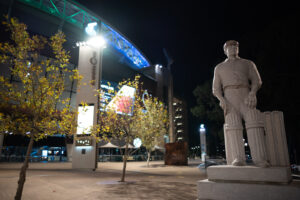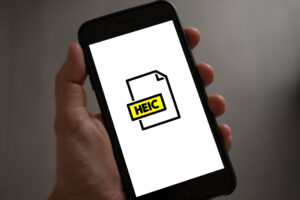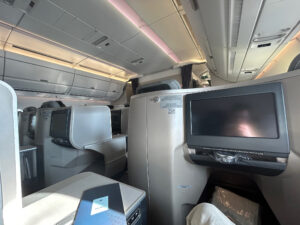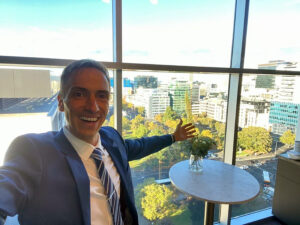Grasping the concept of bit rate during video compression for web purposes can be challenging. It’s a common misconception that the size of the original video file dictates the size of the compressed file. However, this isn’t the case. The logic that a larger source file results in a larger compressed file, or vice versa, is flawed. This counterintuitive fact can be difficult to comprehend.

To shed light on this, let’s delve into video compression basics. Compression involves shrinking a large file by selecting certain segments and incorporating them into a smaller file. Bit rate, a critical aspect of this process, measures the flow of data, counted in bits, from one point to another within a second. Typically, it’s quantified in thousands (Kbps) or millions (Mbps) of bits per second. In the realm of the Internet and media, all these bits are transferred in a single stream.
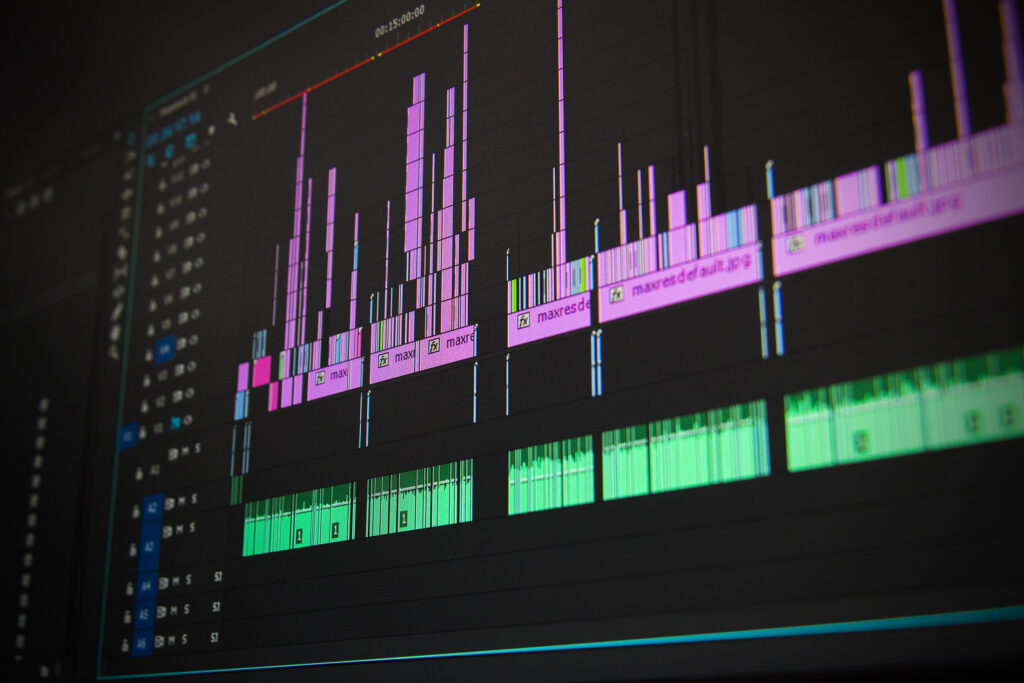
The key to understanding is that the bit rate, which is set before compressing a media file, is the primary factor determining the size of the compressed file. On the other hand, image quality is influenced by various elements like the codec (e.g., H.264), video frame size and rate, movement within the video, and bit rate.

Considering both variable (VBR) and constant (CBR) bit rates, let’s use an analogy for clarity. Picture standing beside a mountain stream with a 1-cup (250 ml) measuring cup, instructed to fill it once every second. After four seconds, you’ve collected one quart (one liter) of water. Now, imagine the same scenario beside a vast lake, and then in the Atlantic Ocean. Despite the water body’s size, you still gather a quart of water every four seconds.
The essence of this analogy is that the fixed bit rate at the start of compression makes the original file size irrelevant to the compressed file size. So, why bother with large source files? It’s about the quality of ‘sampling.’ A smaller source might not provide enough data, risking lower quality. Larger sources ensure a fuller, uncontaminated sample, leading to better outcomes. Therefore, it’s advisable to export projects at the highest quality and then compress from that large master file for superior results.




































